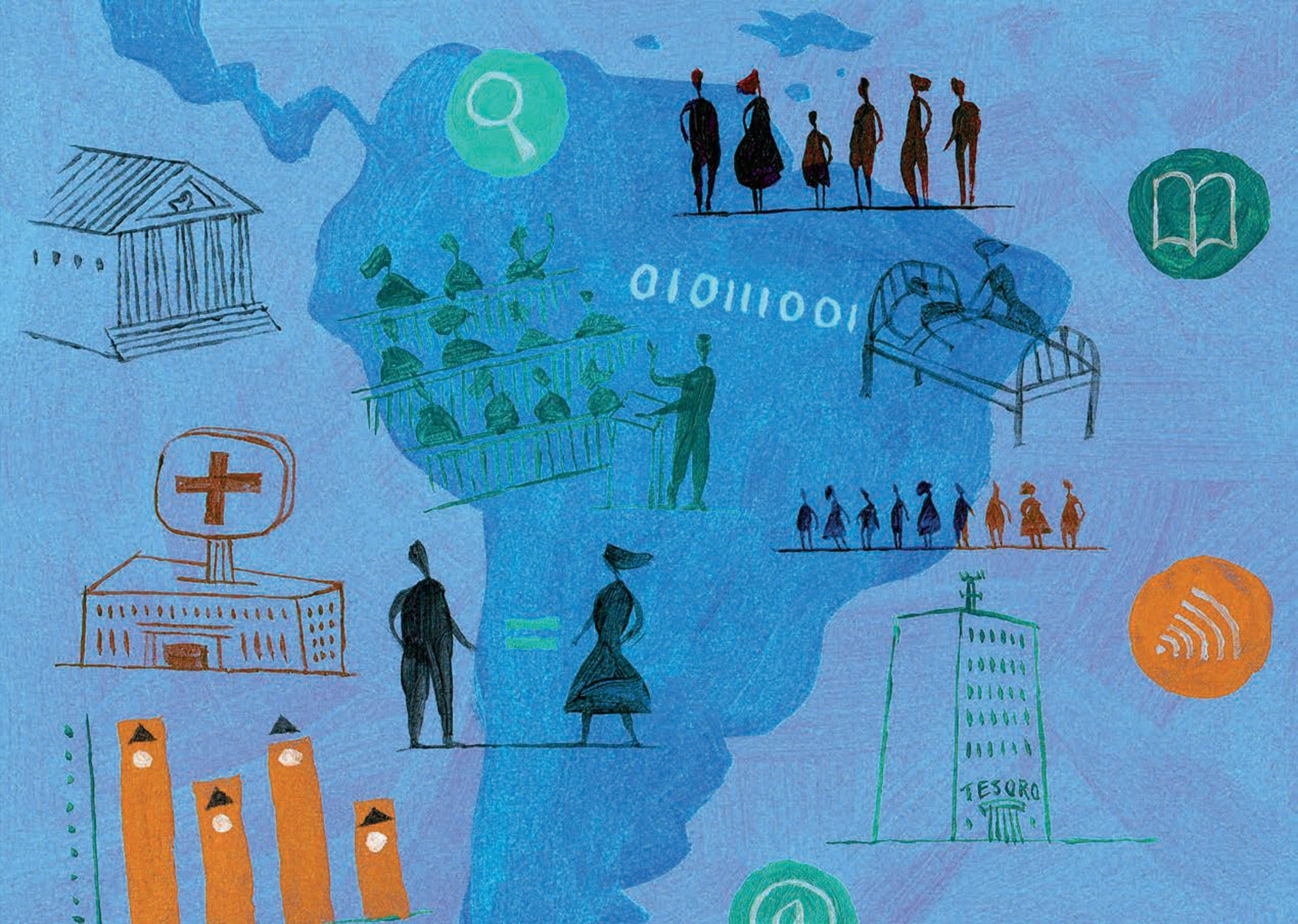Human resources management (HRM) consists of the design and implementation of tasks such as the recruitment and selection of personnel, compensation, performance management and training. In central government public administrations there are two main organisational models to carry out these tasks: centralised or decentralised ones. Broadly speaking, more centralised models help to gain strategic coherence throughout the system, but they usually generate implementation challenges (especially in high volume or cumbersome processes). In contrast, models of greater delegation can be more efficient and can be easily adapted to the organizations individually; however, they imply a risk of generating asymmetries in the implementation of rules and require adequate capabilities across the public sector.
There are three main variables to assess HRM organisation and delegation levels. The first is the concentration or dispersion of the HRM responsibility. Both in LAC countries included in the survey (67%) and in OECD member countries (64%), there is a central HRM agency responsible for HRM at the central/federal government level, that in practice, delegates responsibilities for design and implementation to the different ministries or agencies. This entails that the governments of both regions consider it valuable to have a center that designs and executes HRM policies in coordination with other public agencies.
The second variable is the location of the HRM governing body. In LAC countries, it is common to find them under the Ministry of the Presidency or equivalent (50% of cases: Argentina, Costa Rica, El Salvador, Guatemala, Peru, and Uruguay). Other countries locate the HRM governing body under the Ministry of Finance (25%: Chile, Jamaica and, recently, Brazil), place it under a ministry or agency specific to the subject (17%: Colombia and Dominican Republic) or under another ministry (8%: Mexico). Meanwhile, OECD countries show an even greater diversity of organisational arrangements, being the three mostly used options to have a specific agency in charge of HRM (26%), to place the governing body under the Ministry of Finance (20% of the cases) or to do so under the President/Prime Minister’s Office (14%).
Finally, the third variable is the concentration of responsibilities in the central HRM agency. Survey results show that both in LAC and OECD countries central HRM agencies have a similar range of responsibilities. On average, in LAC, the HRM agency is responsible for 11 areas, while in the OECD it is responsible for 9.
In all LAC countries, the central HRM agency is responsible for providing leadership and guidance on HRM in general and designing an HR strategy, in comparison with 94% and 75% of OECD countries respectively. Additionally, in 94% of OECD countries, the central HRM agency is responsible for providing advice on the legal framework; this is also the responsibility of the central HRM agency in most LAC countries, except for Jamaica.
Brazil is the LAC country where the agency has the most responsibilities (14 areas), including dealing with retirement and pensions. Among OECD countries, this is the case in the Czech Republic and Japan. The central HRM agency has the fewest responsibilities in Costa Rica, Guatemala, Jamaica and Mexico, where it is in charge of 9 areas. The OECD country where the central HRM agency has the fewest responsibilities is Portugal, where it is responsible for only two areas (leadership and guidance on HRM in general and providing advice on the legal system).


